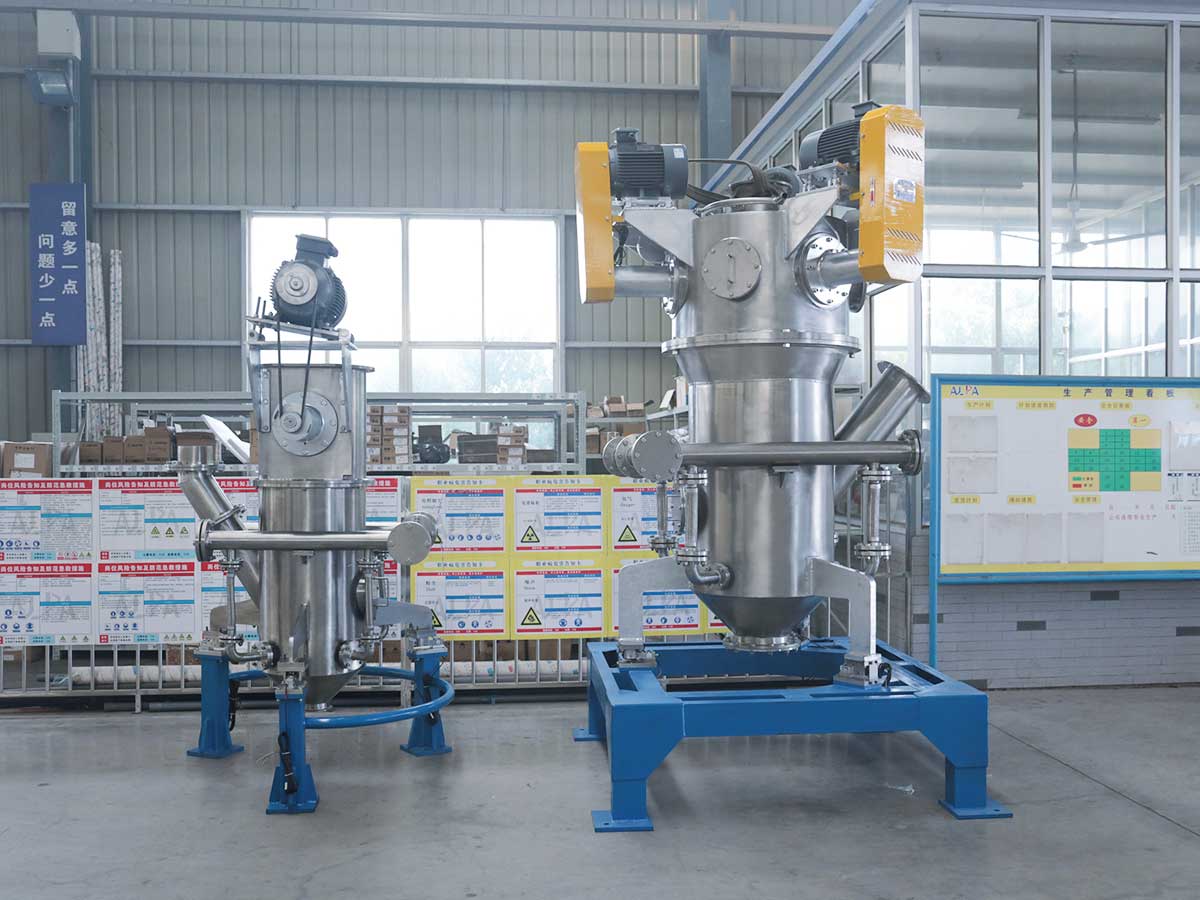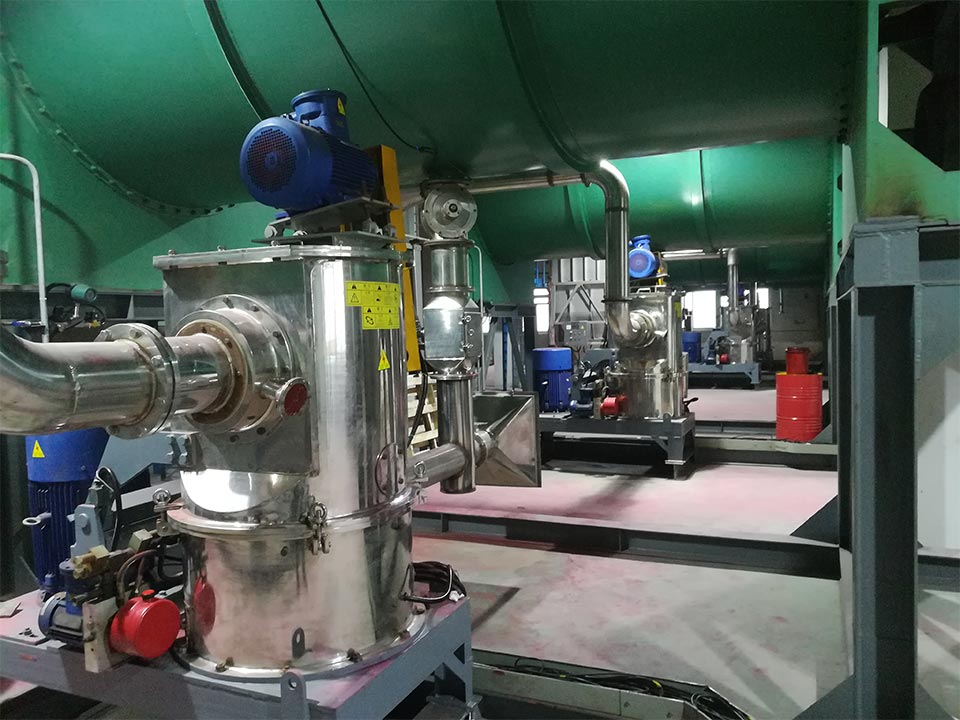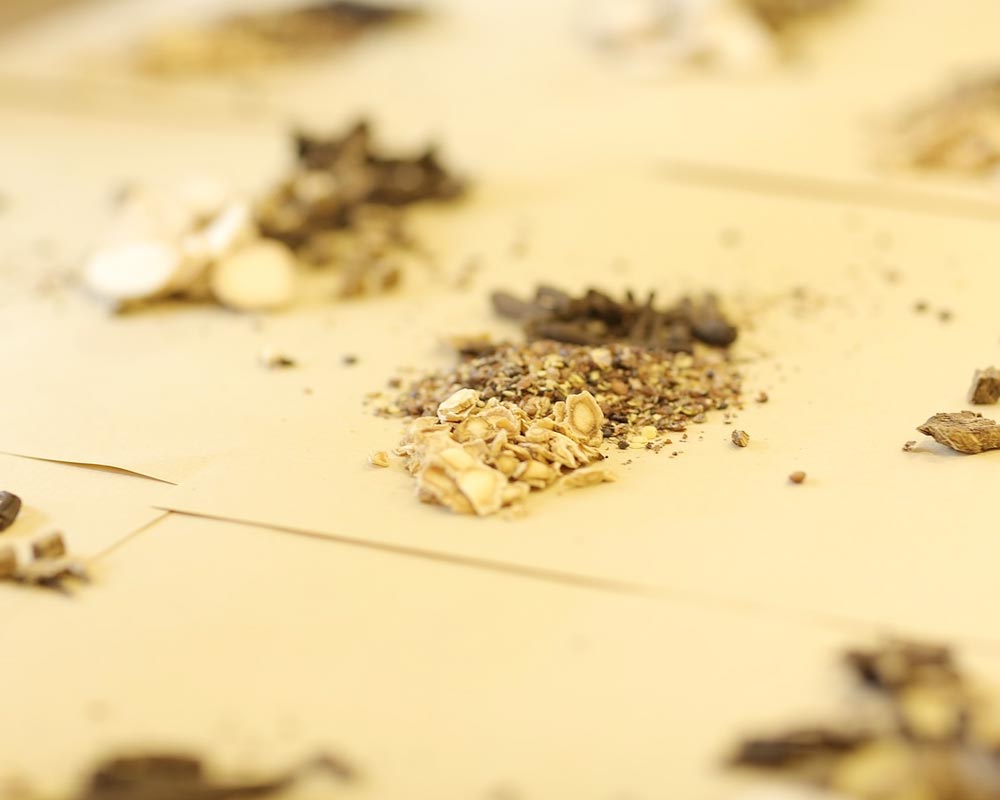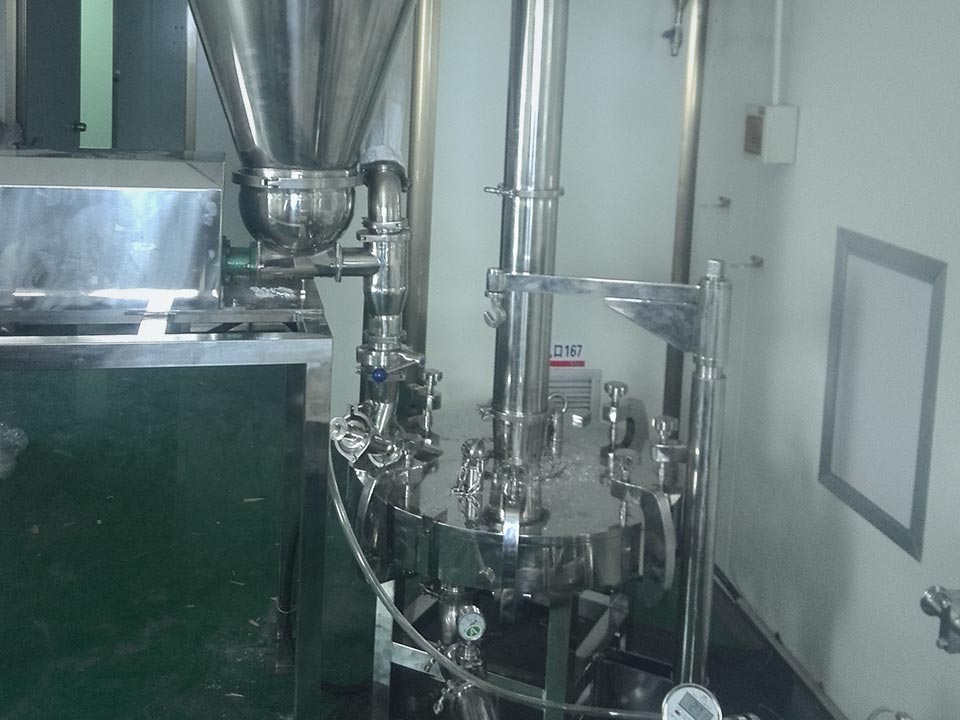Ultrafine grinding of dry and hard solid materials
In the modern industry, there are many follow-up products that require ultra-fine grinding of materials, such as black tea, ultra-fine grinding of tea leaves, such as ultra-fine grinding of rice husk powder, used to make special bags; ultra-fine grinding of silicon carbide, Used in various industries, etc., etc., are inseparable from the ultra-fine grinder.
The modern ultrafine grinder can set different types of pulverization for different materials, and can also customize different sizes of ultrafine grinder according to the size of the output. This modern ultrafine grinder has large output, low noise, convenient cleaning, sturdiness and durability. It is in line with the current trend of ultrafine grinding of materials and has become the new darling of current fashion.
The ultra-fine grinder is especially suitable for ultra-fine grnding of dry materials and hard materials. The grinding process is finer and the output is larger. The hard carbon powder structure of diamond can be ultra-finely pulverized, and the requirements of modern ultra-fine grinder for materials are as dry as possible.
The ultra-fine grinder is completely carried out in a closed environment when performing ultra-fine grinding, will not produce dust spills, and protect the working environment of workers. It is a very environmentally friendly mechanical equipment. According to the different grinding media, the ultrafine grinder is divided into jet pulverizer and mechanical grinder. The jet mill can be filled with air or special gas for ultra-fine grinding to ensure the integrity of the material. The mechanical crusher can be divided into many types, small rod crushing, etc. The specific principle is to perform ultrafine crushing through the collision of materials and equipment. However, no matter what kind of ultrafine grinder, it is very environmentally friendly in the process of grinding materials. The output can range from one catty to more than 100 catties per hour, and the fineness varies from a few hundred meshes to thousands of meshes.


With the development of the times, ultra-fine grinders are used in chemical, mining, abrasives, refractory materials, battery materials, metallurgy, building materials, pharmaceuticals, ceramics, food, feed, new materials and other industries and the ultra-fine grinding of various dry powder materials. Dispersion and other aspects have been widely used. It is suitable for dry grinding of various materials with Mohs hardness below 9 and is especially suitable for the grinding of materials with high hardness, high purity and high added value. The crushed material has good particle shape and narrow particle size distribution.
Chinese medicine ultrafine pulverization technology
Regarding the ultrafine grinding of traditional Chinese medicine, researchers have given different names and concepts from different research perspectives, such as ultrafine Chinese medicine particles, single-flavored Chinese medicine ultrafine pieces, and ultrafine Chinese medicine powders. Since the effective ingredients of plant medicine and animal medicine are mainly distributed in the cell and intercellular substance, and mainly in the cell, some people refer to the pulverization for the purpose of breaking the cells of Chinese medicinal materials as the "cell-level micro pulverization" of Chinese medicine. The traditional Chinese medicine powder obtained by the micro-grinding method is called "cell-grade Chinese medicine powder". Similarly, the traditional Chinese medicine prepared on the basis of cell-grade Chinese medicine powder is called "cell-grade Chinese medicine", or "micro-powder Chinese medicine" for short.

Some people call powders with a particle size greater than 1μm as "fine powder", and fine powders with a particle size less than 1μm as "ultrafine powder". In fact, in terms of the particle size of traditional Chinese medicines, micro and nano traditional Chinese medicines that are currently in the ascendant of research are also classified as ultra-micro preparations of traditional Chinese medicines. Lu Fuer et al. believe that "micron Chinese medicine preparations" belong to cell-grade micropowder preparations, which are a new dosage form developed by using modern high-tech and traditional processing and preparation techniques. Generally, the particle size should be 1-75μm. Traditional Chinese medicines within the scope can maintain the inherent pharmacodynamic material basis of traditional Chinese medicines. "Micron Chinese medicine" includes micron Chinese medicinal materials, micron extracts of Chinese medicines, and micron Chinese medicine preparations, which increase the cell wall breakage rate of Chinese medicinal materials by more than 90%. The so-called "nano Chinese medicine" refers to the effective ingredients, effective parts, original medicines, and compound preparations of traditional Chinese medicines with a particle size of less than 100nm manufactured by the application of nanotechnology. It is a kind of Chinese medicine powder after nanometerization. According to the above point of view, some researchers divide the ultrafine powder into micron level (>1μm), submicron level (0.1-1μm) and nano level (1-100nm), and divide the ultrafine powder technology into micron technology. , Submicron technology and nanotechnology.
Judging from the current research progress, although there are many names of Chinese medicine ultrafine grinders, related concepts and connotations are not the same, most of them think that the ultrafine grinding of Chinese medicine refers to the cell-level pulverization of Chinese medicine. The particle size is below 75μm. With the continuous deepening of research work, the definition or concept of ultrafine grinding of traditional Chinese medicine will be more scientific and accurate.
The Chinese medicine ultrafine grinder has a high cell wall breaking rate, which is conducive to the release and absorption of drugs. Ordinary crushed medicinal powder has a low rate of cell wall breaking. When the medicine enters the body, the powder particles of the medicinal powder absorb water and expand, and the active ingredients are continuously released from the cell wall and cell membrane through diffusion. Diffusion requires a concentration difference between the inside and outside of the cell. When the concentration difference between the inside and outside of the cell is small or balanced, the release rate of the active ingredient will be very slow or even stop. The active ingredient located in the inner cell is sometimes excreted before it can be released, so it is often not reached. To an effective therapeutic concentration.

After the Chinese medicine ultrafine grinder, the cell wall breakage rate is high, and the active ingredients are exposed before entering the body. After entering the body, the soluble ingredients are quickly dissolved. Great adhesion and tightly adhere to the mucosa of the inner wall of the gastrointestinal tract, so that the residence time in the gastrointestinal tract is prolonged, the absorption is more sufficient, and the absorption amount will increase. Since most of the cell wall is destroyed during crushing, the effective ingredients do not need to pass through the cell wall and cell membrane release process. In this way, ultrafine pulverization is far superior to ordinary pulverization in terms of drug release speed and release amount. Mineral medicine can reach micrometers even after ultra-fine grinding, which is conducive to the absorption of medicine and the improvement of curative effect.
